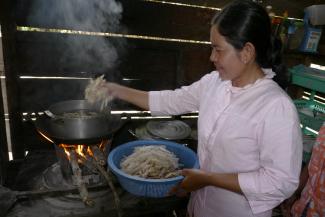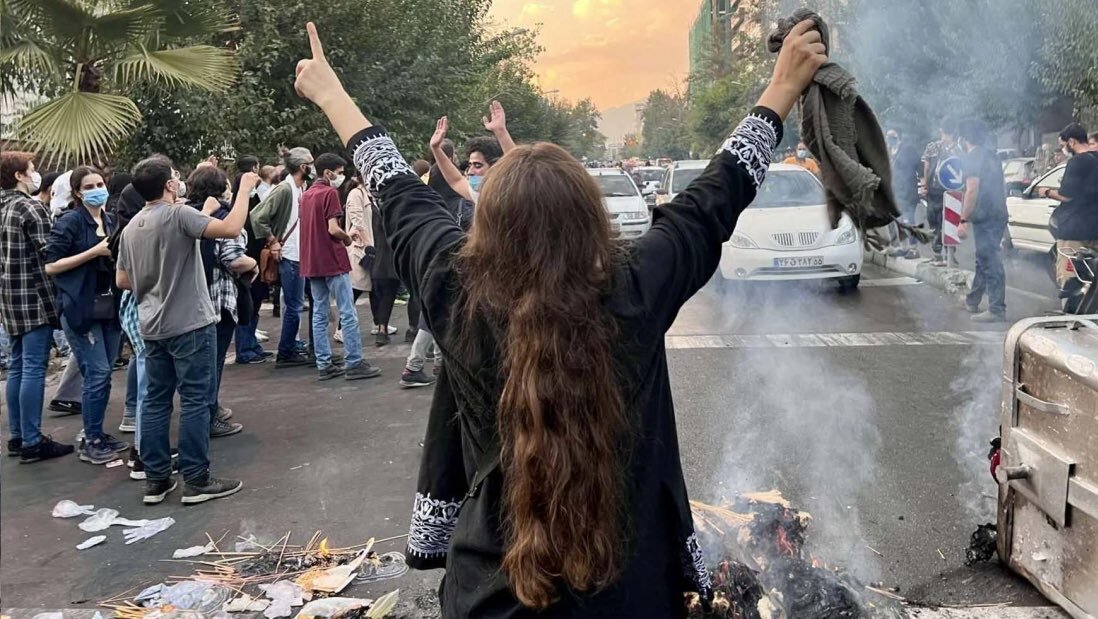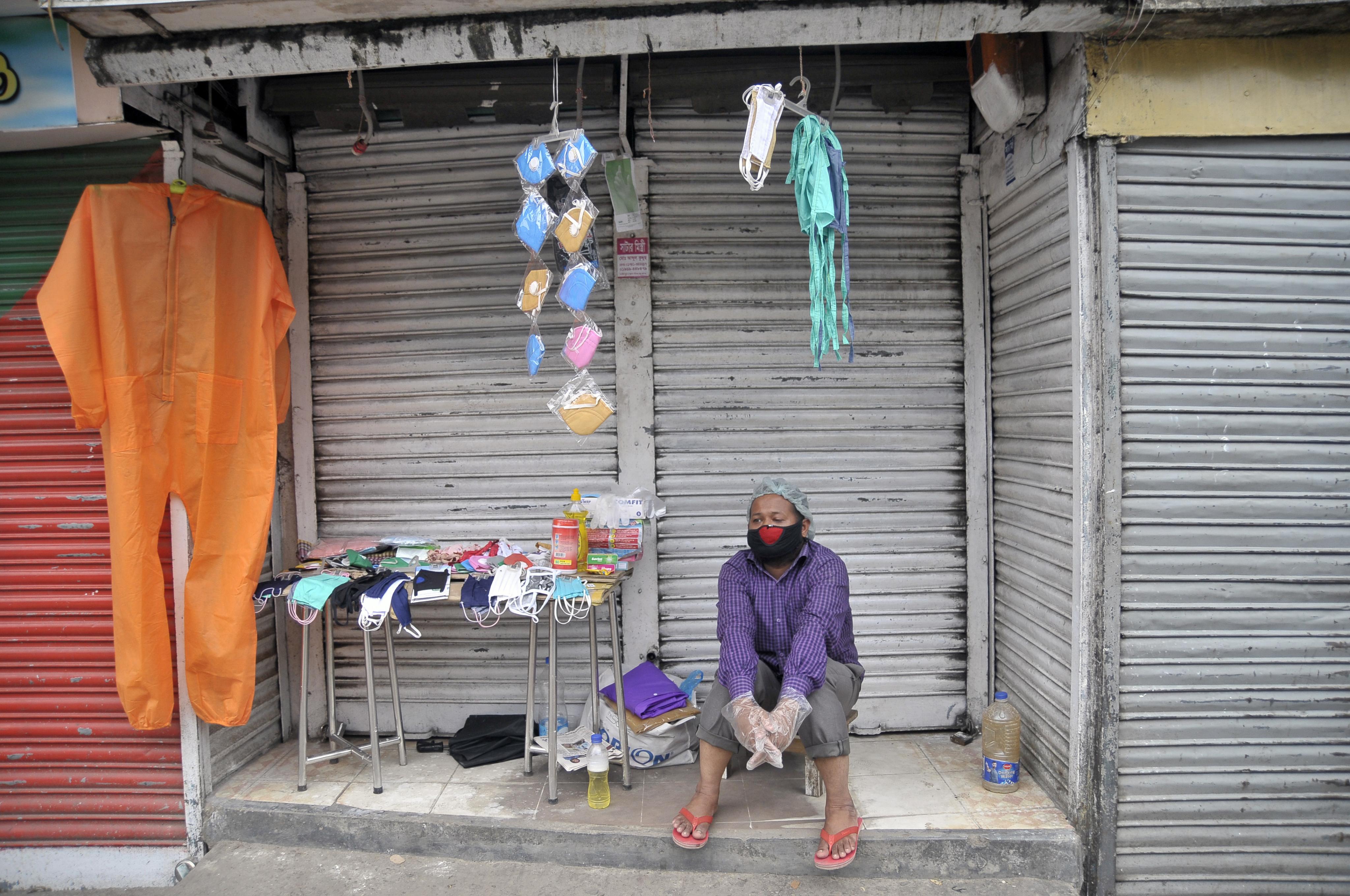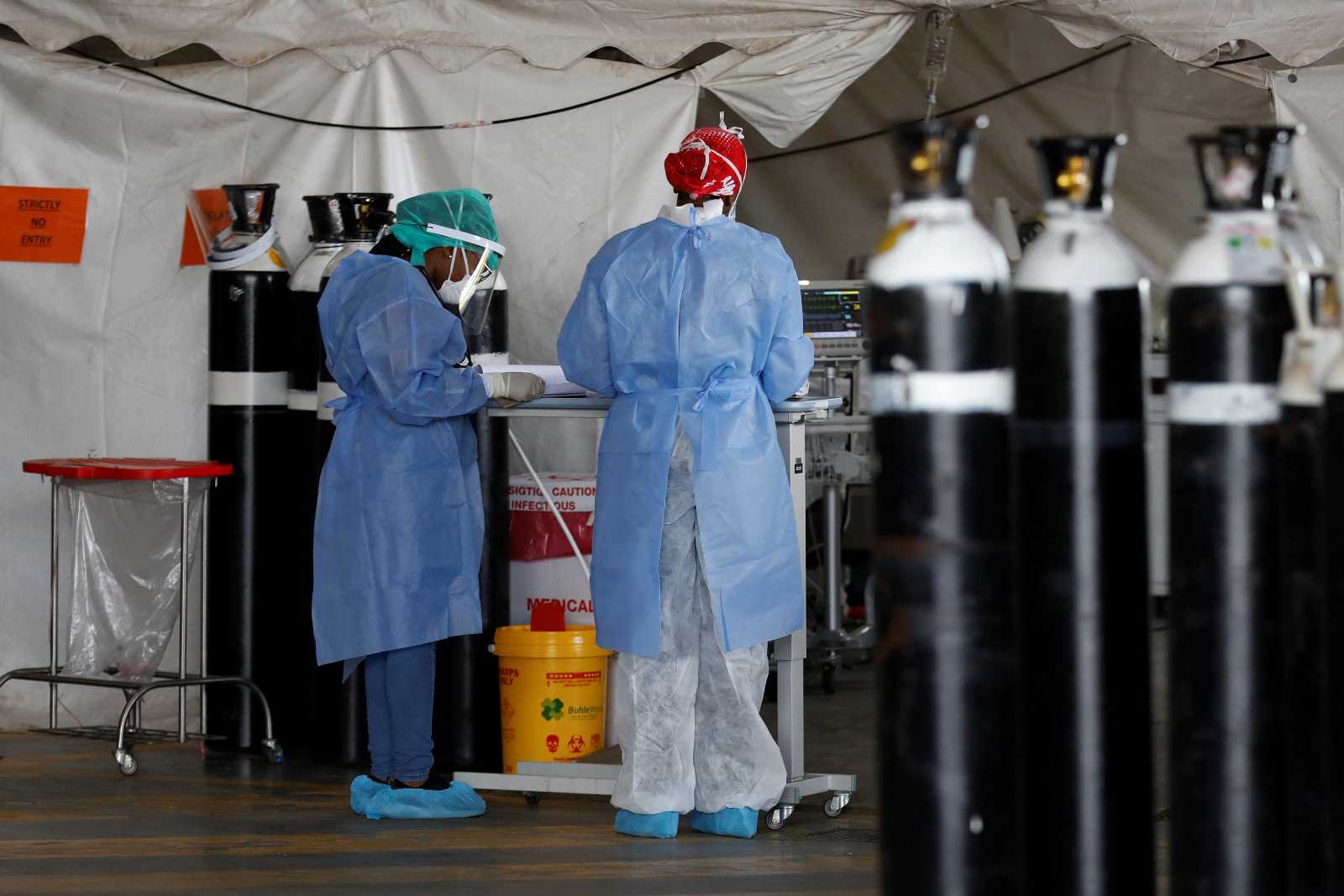Health
Cooking stoves kill

We all know the pictures of dark smoke hanging over industrial areas or inhabitants of megacities wearing smog protection masks. According to the World Health Organization (WHO), more than 7 million people die because of air pollution annually. In the eyes of the WHO, this is the largest single environmental health risk. Improving the air quality would therefore literally save millions of lives.
A surprising aspect of a recent WHO report on the matter is that improving air quality in homes is just as important as improving urban air quality. The international organisation points out that indoor smoke causes more than half of the air-pollution deaths. Household air pollution (HAP) results from the incomplete combustion of solid fuels, but also from the use of kerosene. It was the reason for about 7.7 % of global mortality in 2012.
According to the WHO data, around 3 billion people – more than 40 % of the world population – burn wood, dung and agricultural residues for cooking and heating purposes. Most of them are poor and live in low- and middle-income countries. Biomass fuels are cheap, but their smoke is dirty. It contains a range of pollutants, including small particles and carbon monoxide.
In poorly ventilated homes, the concentration of small particles is likely to rise up to 100 times above the acceptable limit due to the use of dirty fuels, the WHO states. Exposure is said to be "particularly high among women and young children, who spend the most time near the domestic hearth".
The WHO states that more than 50 % of premature deaths among children under five are due to pneumonia caused by soot. All in all, 4.3 million people die annually because of HAP, the WHO reports. Of these deaths,
- 12 % are due to pneumonia,
- 34 % due to stroke,
- 26 % due to ischaemic heart disease,
- 22 % due to chronic obstructive pulmonary disease (COPD) and
- 6 % due to lung cancer.
There are more health risks, however, such as impaired immune response and airway or lung inflammation. Moreover, HAP can be linked to low birth weight, tuberculosis and various kinds of cancer.
South Asia, South-East Asia and East Asia are especially affected by HAP, the WHO writes. For instance, millions of women in rural India spend several hours every day cooking meals on smoky ovens or open fires. "Having an open fire in your kitchen is like burning 400 cigarettes an hour," says Kirk Smith, a professor from the University of California at Berkeley. "Household air pollution is still the largest single health risk factor for Indian women and girls."
It doesn’t have to be this way
The WHO is a partner in the Global Alliance for Clean Cookstoves, led by the United Nations Foundation. This Alliance is a public-private partnership promoting improved biomass cookstove designs that substantially reduce HAP. Its goal is to get 100 million households to opt for clean cookstoves and fuels by 2020.
Ambient air pollution (AAP) is mainly an urban problem. Nonetheless, it still causes roughly 3.7 million deaths per year, according to WHO figures. Where both risk factors combine – household and ambient air pollution –, the situation is particularly dire, as in East Asia.
Contrary to HAP, ambient air pollution affects mostly men, possibly because they move more outside the home. While household air pollution can be fought by introducing better stoves, AAP can only be beaten by a joint political and private effort, forcing industries to clean their residues, controlling car-exhaust fumes and moving on to clean energy in general.
Sheila Mysorekar














